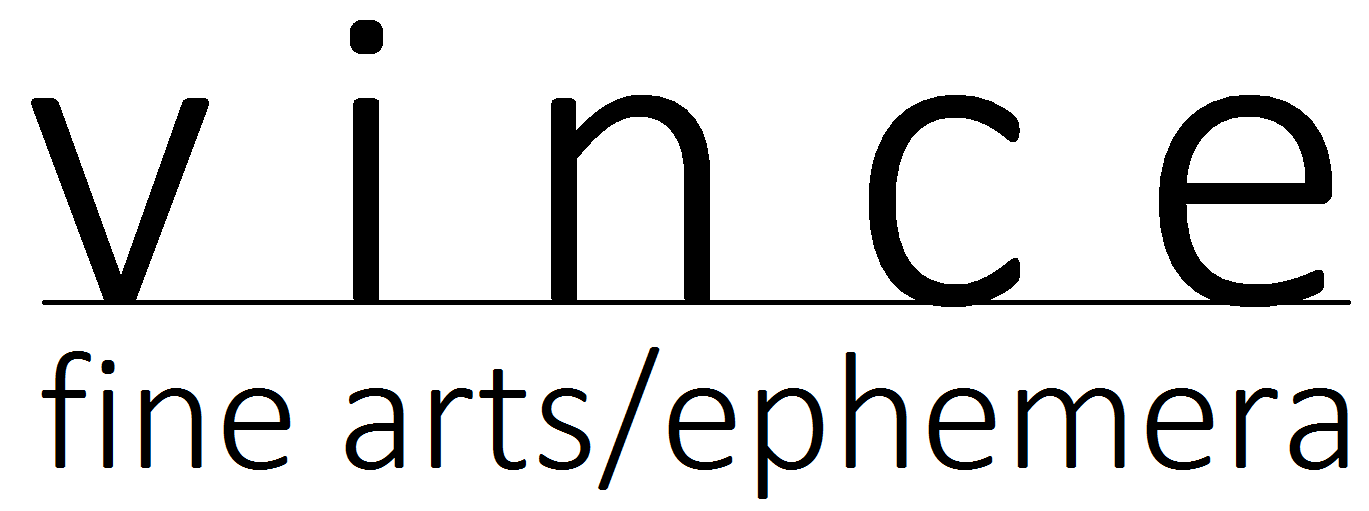jean-michel BASQUIAT
evolution of graffiti art: the radiant child
“The Radiant Child”, 1981
Artforum magazine, December 1981,,
Publisher: Artforum International., René Ricard’s Basquiat essay, 10-3/4 × 10-3/4 in. 27.3 × 27.3 cm).
Provenance:
Private Collection, Miami
Note:
Author-René Ricard’s essay entitled “The Radiant Child.” Not only was it written by someone who knew him, it’s also one of the first
in-depth critical responses to his art. The article first appeared in the December 1981 issue of Artforum. What surprised me most about the essay perhaps is that even though the article is most closely associated with Basquiat’s career, it discusses other artists as well. It’s so associated with Basquiat today, by the way, that a documentary on him produced in 2009 was called The Radiant Child even though that title comes from work made by Basquiat’s contemporary Keith Haring. Basquiat is talked about at length in the article for sure, but other artists are mentioned and discussed in an effort to place graffiti art squarely within art historical practices. The goal of “The Radiant Child” is not to only bolster Basquiat’s career, but to place him within a history of art making that was evolving outside of the traditional art museum and art education system. Basquiat is held up as an exemplar of that movement, but he is part of a movement that also includes other important artists. Basquiat (as well as Haring and Judy Rifka) are the artists who were transforming graffiti art into in to fine art. In Ricard’s words: “Artists have a responsibility to their work to raise it above the vernacular. Perhaps it is the critic’s job to sort out from the melee of popular style the individuals who define the style, who perhaps inaugurated it … and to bring them to public attention.” -René Ricard, “The Radiant Child”, ArtForum International, December 1981. That statement really brings into focus the reasons why Ricard saw Basquiat as so trans-formative. He came from the realm of street art, but his paintings weren’t just re-creations of his graffiti tags. They referenced graffiti art, but looked like works of art that belonged in an art gallery. Again, Ricard says it best: “…what the pictures are internally about is what matters. If you’re going to stand up there with the big kids you’ve got to be heavy, got to sit on a wall next to Anselm Kiefer next to Jonathan Borofsky next to Julian Schnabel and these guys are tough they can make you look real sissy. There’s only one place for a mindless cutie and it ain’t the wall, Jack”

